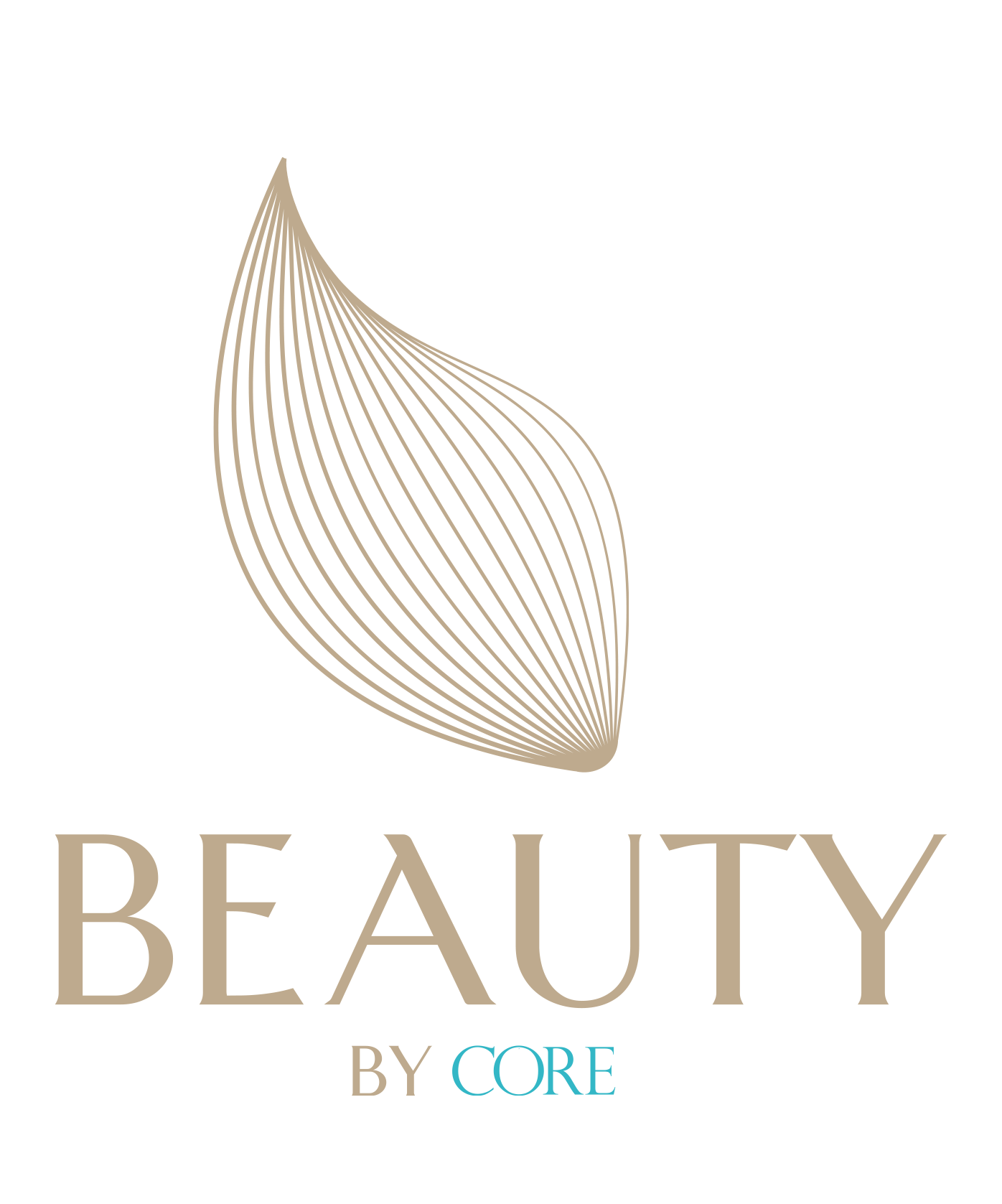Cómo elegir los mejores productos para la piel
1. Know Your Skin Type
Before purchasing any skincare product, it’s crucial to understand your skin type. Whether you have dry, oily, combination, sensitive, or normal skin, knowing this will help you narrow down your options and select products formulated for your specific needs.
- Dry Skin: Look for hydrating products with ingredients like hyaluronic acid, glycerin, and ceramides.
- Oily Skin: Opt for lightweight, oil-free, and non-comedogenic products that won’t clog pores.
- Combination Skin: Use a balanced approach with lightweight hydration and targeted treatments for different areas.
- Sensitive Skin: Choose products with calming ingredients like aloe vera, chamomile, and avoid harsh chemicals like sulfates and artificial fragrances.
2. Read the Ingredients List
Understanding the ingredients in your skincare products is vital for making informed decisions. Look for products with active ingredients that match your skincare goals:
- Ácido hialurónico: Excellent for hydration; suitable for all skin types.
- Retinol: Helps with anti-aging and improving skin texture; best used in night creams.
- Vitamina C: Brightens skin and protects against environmental damage.
- Niacinamide: Great for reducing redness, regulating oil production, and improving skin texture.
Tip: Avoid products with harsh chemicals, parabens, sulfates, and artificial fragrances, especially if you have sensitive skin.
3. Check for Non-Comedogenic Labels
If you’re prone to breakouts, always look for products labeled as “non-comedogenic.” This means the product is formulated to not clog pores, reducing the likelihood of acne and blackheads.
4. Understand Product Claims
Skincare products often make claims like “brightening,” “hydrating,” or “anti-aging.” Make sure these claims align with your skin goals. However, be cautious of buzzwords like “natural” or “organic.” While they sound appealing, they don’t always guarantee the product’s effectiveness or safety for your skin.
5. Start Simple and Patch Test
When trying new products, start with the basics: a gentle cleanser, a moisturizer, and sunscreen. Introduce one new product at a time, and always patch-test it on a small area of your skin (like your wrist or behind your ear) before applying it to your face. This helps you avoid potential allergic reactions or irritation.
6. Look for Trusted Brands and Recommendations
Stick with reputable brands known for quality and safety in their products. Reviews and recommendations from dermatologists, estheticians, or trusted sources can also be helpful in finding effective products.
7. Consider Your Budget
Effective skincare doesn’t always mean expensive. While some high-end products do offer great results, there are also affordable options that can provide similar benefits. The key is to focus on the ingredients and their effectiveness for your skin rather than the brand’s price tag.
Need Help Choosing? We’ve Got You Covered!
At Jackar MedSpa in Utah County, our team of skincare professionals is here to guide you. Whether you need help understanding your skin type, learning about specific ingredients, or choosing products to add to your routine, we’re here to make your skincare journey simple and effective.


